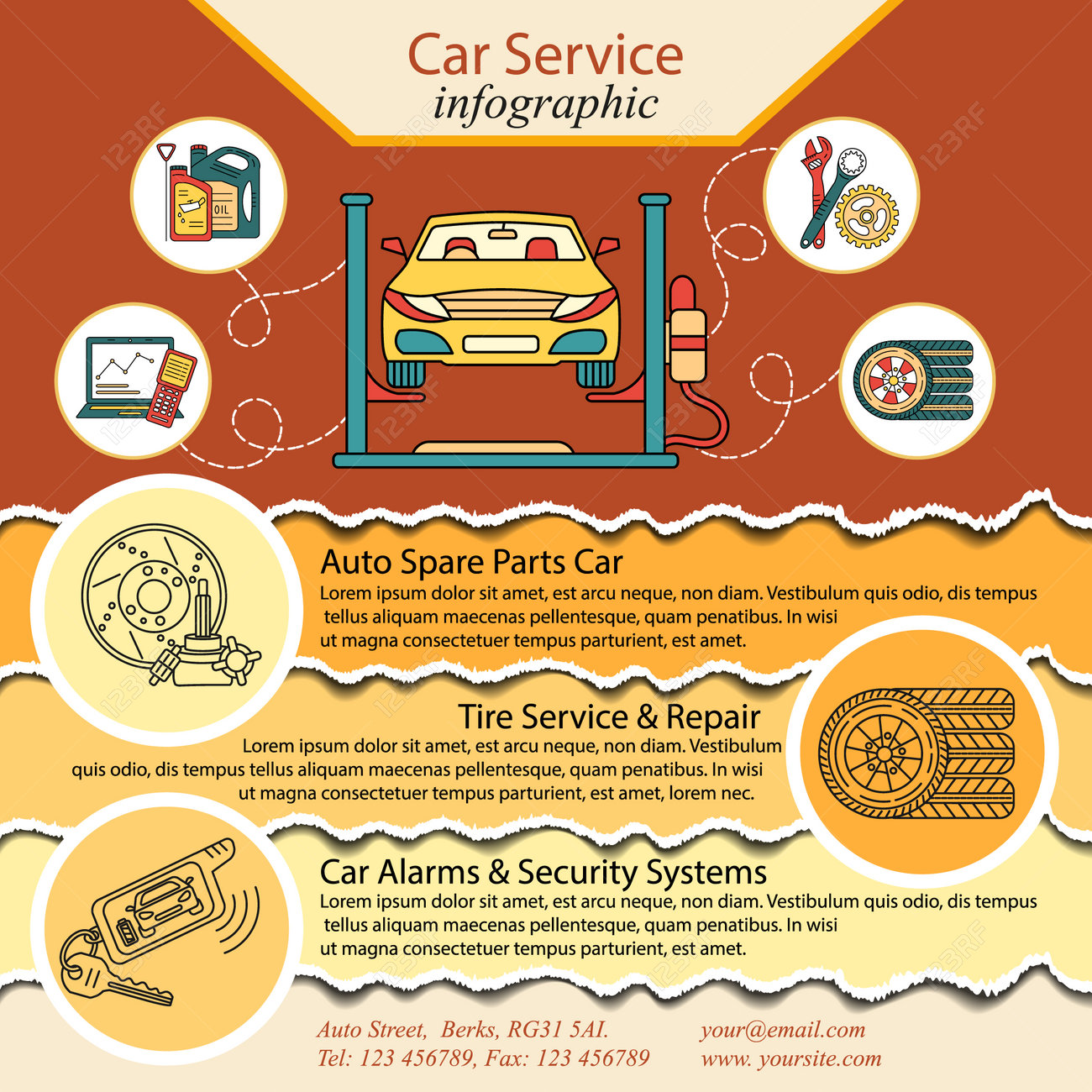Deciphering The True Meaning Behind Your Vehicle'S Warning Lights
Deciphering The True Meaning Behind Your Vehicle'S Warning Lights
Blog Article
Content By-Johannsen Heath
When you're behind the wheel, those radiant caution lights on your dashboard can be a bit puzzling. Do you know what they're attempting to inform you about your automobile's health and wellness? Understanding the relevance of these lights is important for your security and the durability of your vehicle. So, the next time among those lights appears, would not you intend to analyze its message precisely and take the required steps to address it?
Common Caution Lighting and Interpretations
Identify typical warning lights in your auto and recognize their significances to guarantee safe driving.
Related Web Page of the most common warning lights include the check engine light, which signals issues with the engine or emissions system. If this light begins, it's crucial to have your vehicle checked without delay.
The oil stress warning light shows reduced oil stress, calling for prompt focus to avoid engine damage.
A blinking battery light may recommend a damaged charging system, potentially leaving you stranded otherwise attended to.
The tire stress surveillance system (TPMS) light informs you to low tire pressure, affecting automobile security and fuel efficiency. Neglecting ac repair car cost could result in harmful driving conditions.
The abdominal light shows an issue with the anti-lock braking system, jeopardizing your capability to stop swiftly in emergency situations.
Finally, the coolant temperature level cautioning light warns of engine getting too hot, which can cause serious damages if not dealt with promptly.
Comprehending these common caution lights will certainly aid you deal with concerns without delay and maintain risk-free driving problems.
Significance of Prompt Attention
Recognizing the common caution lights in your car is only the primary step; the significance of promptly dealing with these cautions can not be emphasized sufficient to ensure your security when traveling.
When a caution light brightens on your control panel, it's your automobile's method of communicating a possible issue that needs attention. Overlooking these cautions can result in extra severe issues down the road, compromising your safety and possibly costing you more out of commission.
Motivate interest to alerting lights can avoid failures and accidents. For instance, a blinking check engine light might indicate a misfire that, if left neglected, could cause damages to the catalytic converter. Addressing this immediately can save you from a costly repair.
Likewise, a brake system cautioning light might indicate reduced brake fluid or worn brake pads, essential parts for your security when driving.
DIY Troubleshooting Tips
If you see a caution light on your dashboard, there are a couple of do it yourself troubleshooting pointers you can attempt before looking for specialist aid.
The initial step is to consult your automobile's handbook to comprehend what the certain warning light shows. Sometimes the issue can be as straightforward as a loose gas cap causing the check engine light. Tightening the gas cap may fix the problem.
An additional usual issue is a reduced battery, which can trigger various cautioning lights. Checking the battery links for corrosion and guaranteeing they're protected could deal with the problem.
If a warning light persists, you can try resetting it by disconnecting the car's battery for a few minutes and then reconnecting it. Additionally, checking your automobile's fluid degrees, such as oil, coolant, and brake liquid, can help fix alerting lights related to these systems.
Verdict
In conclusion, understanding your automobile's caution lights is important for keeping your vehicle running smoothly and securely. By immediately dealing with these informs and recognizing what they indicate, you can avoid expensive repair services and potential break downs.
Keep in mind to consult your car's manual for certain information on each cautioning light and take action accordingly to make sure a trouble-free driving experience.
Remain informed, stay secure on the road!
